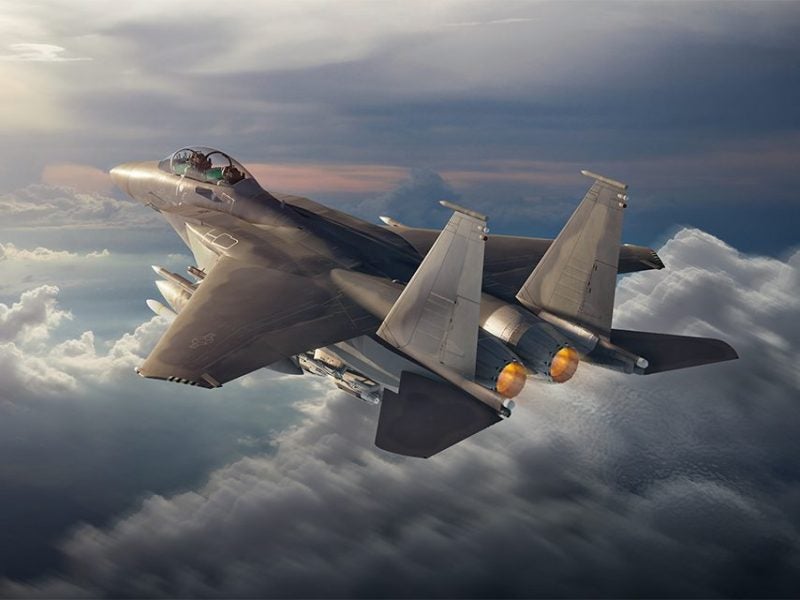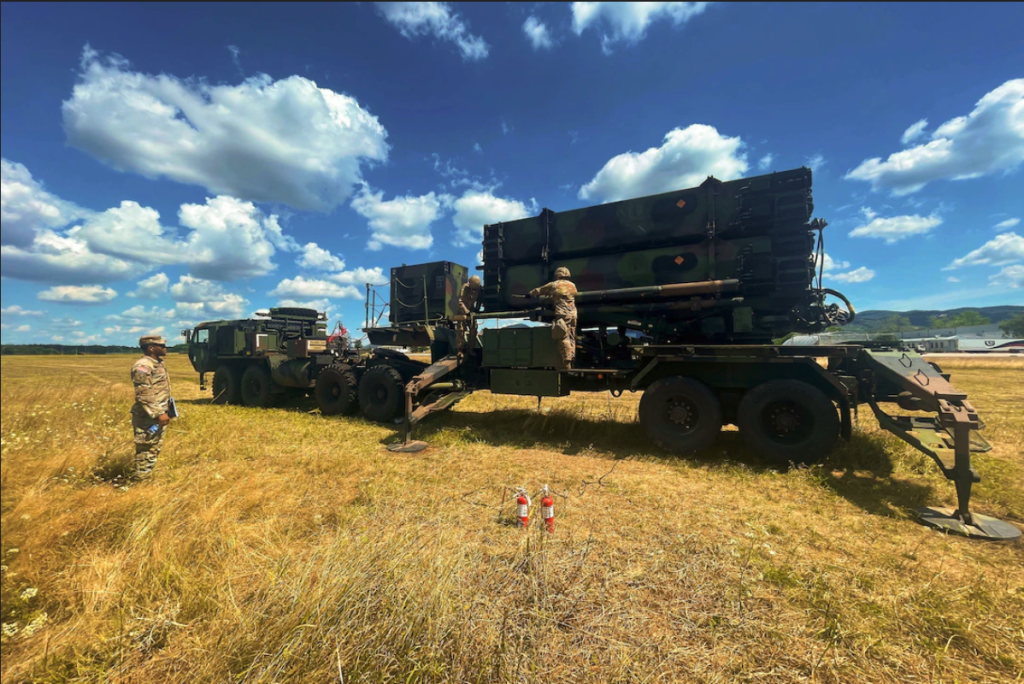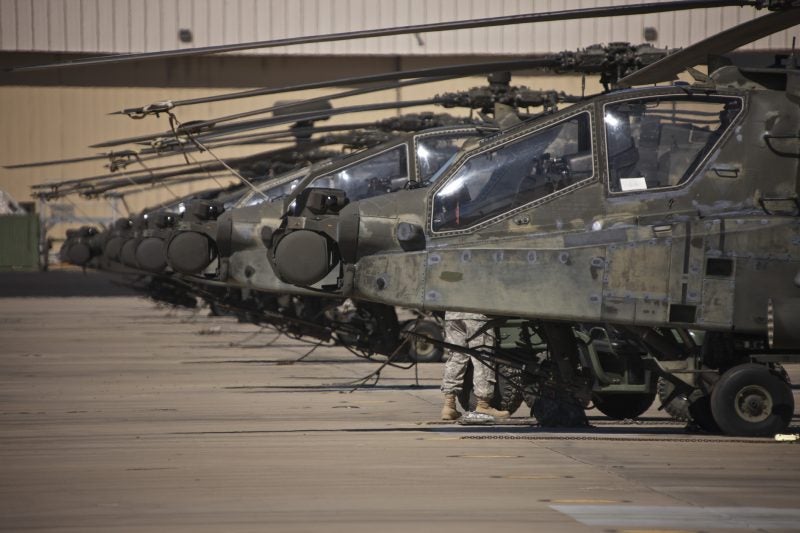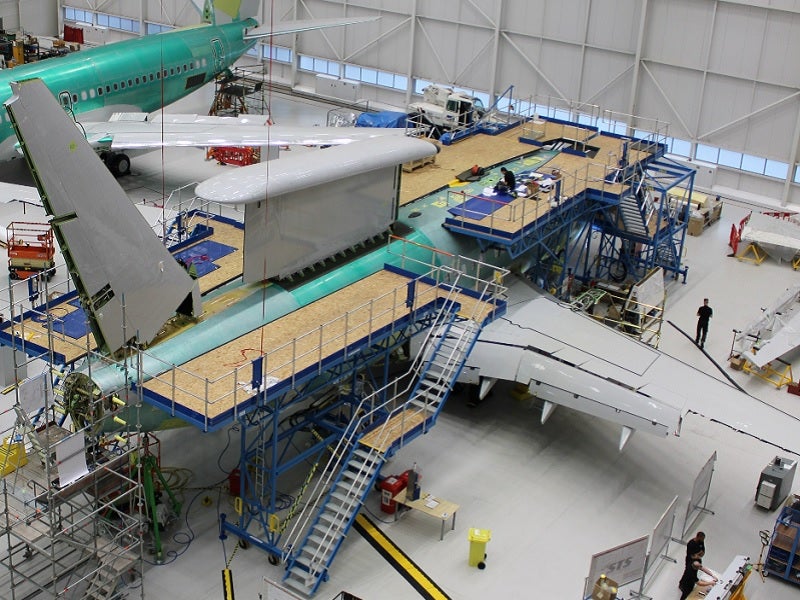
The US has issued official plans to purchase the F-15EX, an upgraded version of the F-15 fourth-generation fighter jet, from Boeing to act as an in-the-air arsenal for the F-35 and, in future, to possibly fly alongside unmanned wingman drones.
The fourth-generation fighter is being eyed by the USAF as being a means of carrying a large number of missiles in support of the F-35 to support the advanced sensors and stealth capabilities of the fifth-generation fighter. The idea is where the F-35 can penetrate, the F-15EX can follow behind and bring the firepower to destroy threats the F-35 detects.
In December, US Congress enacted the 2020 National Defence Authorisation Act, giving the USAF $1.1bn to acquire the first eight F-15EX aircraft; the new requested budget ups this funding to $1.6bn for a further 12 fighters.
Under the NDAA, however, the USAF has been limited to buying two F-15EX initially before funding is made available for the next six, making a total of eight aircraft. The further acquisition and purchase of a full fleet of F-15EX will be on condition of the USAF delivering a report on the programme.
The sale marks the first time in nearly two decades that the US has looked to acquire new fourth-generation fighters. As previously reported by Air Force Technology, the USAF’s service acquisition executive Dr Will Roper touted the F-15EX as a unique opportunity to ‘inject fifth-generation capabilities into a fourth-generation asset’.
Commenting on the fighter a Boeing spokesperson told Air Force Technology: “The F-15EX is the most affordable way for the US Air Force to refresh its F-15C fighter fleet and solve its capacity issue now and into the future. It is an improvement over every other F-15 ever flown, incorporating technologies developed in part by the fighter’s international customers.
“Additionally, there is no need for new logistics chains, training squadrons, infrastructure modification at bases, programme offices or even weapons integration. The F-15EX can easily and affordably be integrated into the current US Air Force structure.
“This cost-effective solution refreshes the F-15 force while delivering increases in payload capacity, range and airframe life. The F-15EX is highly complementary to other aircraft in the US Air Force inventory and is ready today to prosecute the most demanding missions.”
The FY21 plans for the F-15EX are for the aircraft to ‘refresh’ the US existing F-15C/D fleet with plans to buy 144 aircraft. Budget documents imply that the US could then look to ‘refresh’ the remainder of its F-15C/D and F-15E fleets.
The F-15, despite being a fourth-generation fighter, has seen continued upgrades, with international purchases of the aircraft adding more advanced systems to the existing airframes. The purchase of the F-15EX is seen as good news for Boeing’s fixed-wing fighter business which delivered 34 fighter jets in 2019, compared with Lockheed Martin which delivered 134 F-35s in the same period.
Last month, the USAF officially confirmed its intentions to move forward with the F-15EX with a pre-solicitation request for sole-source acquisitions of the F-15EX and for the jets F110 engines.
Improvements baked into the F-15EX include capacity to carry 22 sidewinder and AMRAAM missiles, an upgraded digital ‘backbone’, new mission computer with capacity for upgraded and more advanced software, better display systems and a new threat detection system. Plans for the F-15EX include scope for it to be included in the USAF’s Skyborg programme, which would see the aircraft supported by an unmanned Valkyrie drone as an autonomous wingman.
Commenting on the sale, GlobalData defence analyst Anthony Endresen said: “From a Boeing commercial point of view, the United States ordering F-15EX platforms is a tangible endorsement of the platform, which can be used for offering the platform internationally, as we see Boeing have done to India this week. Notably, the F-15EX competes with the F/A-18 and complements it, as is also the case in the India offer.”
By revenue Boeing’s defence business in 2019 accounted for around $26bn in revenue, overall the business saw revenues of $76.5bn. In a year where Boeing’s commercial business saw revenues fall due to ongoing issues with the 737 Max passenger airliner. Despite this companies Defence, Space & Security business has remained steady.




